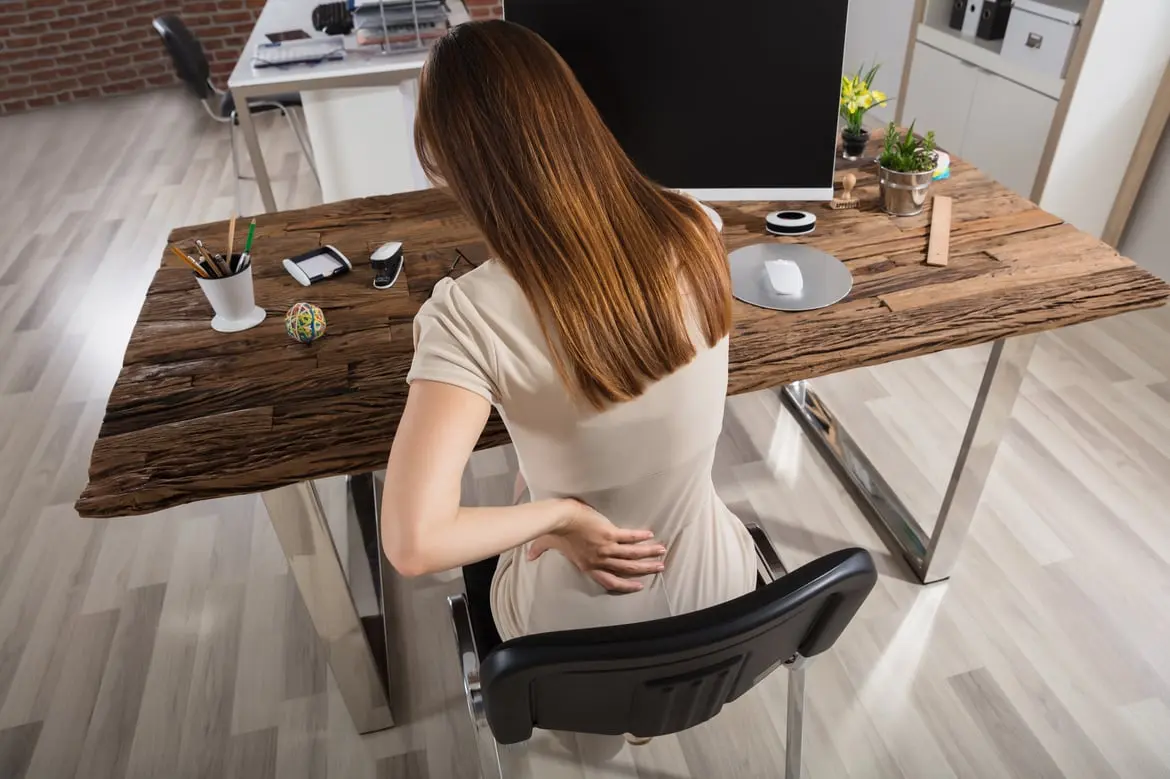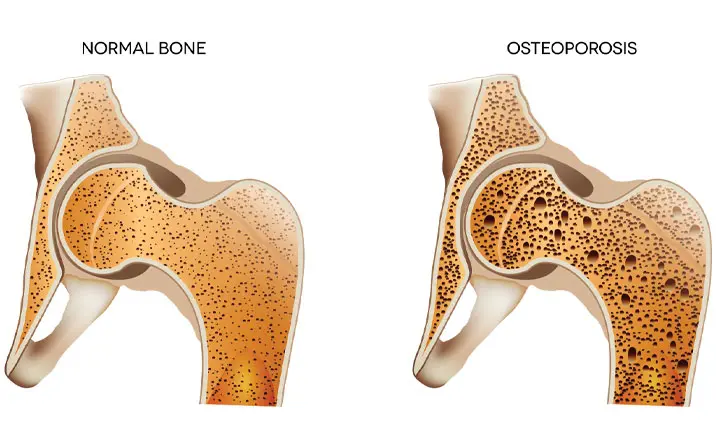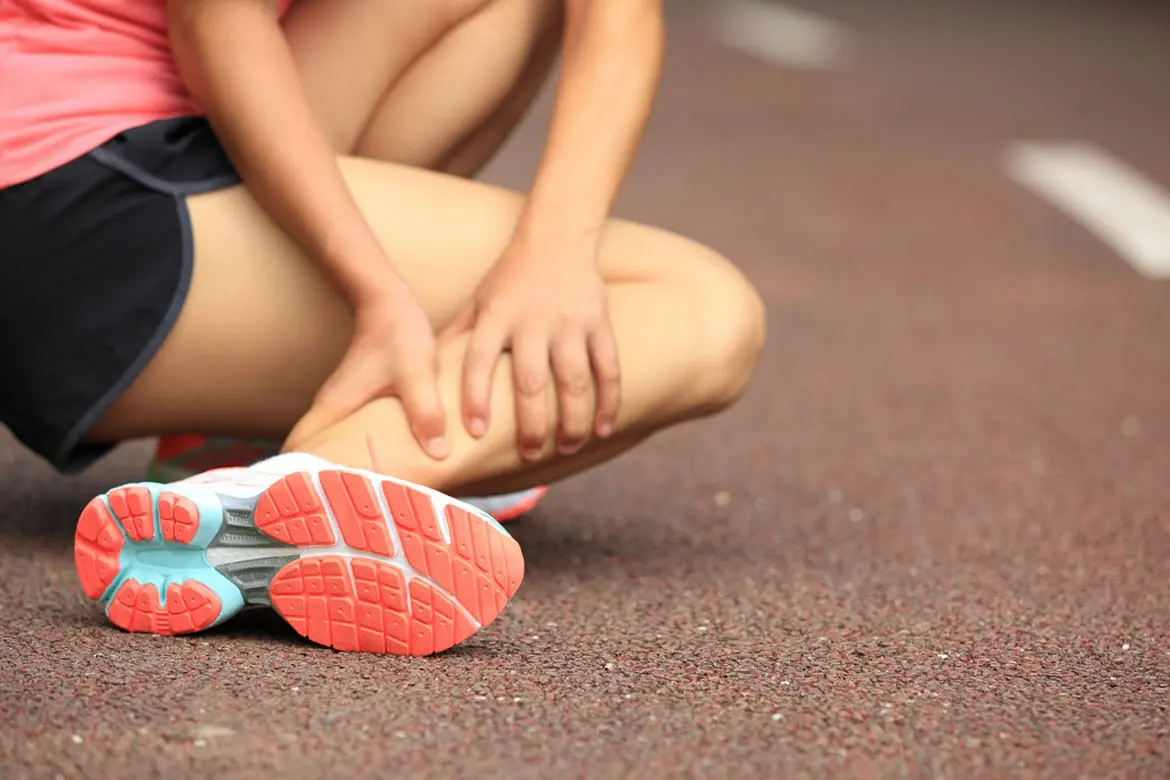What is osteoporosis
Osteoporosis is a disease that weakens bones by reducing bone mass and density. It can be due to hormonal imbalance (secondary osteoporosis), menopause (postmenopausal osteoporosis) or ageing (senile osteoporosis).
About 25% of people aged 70 – 79 years suffer from osteoporosis, with the number of women double that of men.
Dr Chua Soo Yong, orthopaedic surgeon at Mount Elizabeth Hospitals, explains the grave consequences of osteoporosis but emphasises how it is a preventable and treatable disease that necessitates early action.
What are the signs and symptoms of osteoporosis?
The truth of the matter is that osteoporosis is a silent disease. The most common early sign of osteoporosis is a fracture – until a bone fractures, a patient may not know that they have osteoporosis. Hence, the most important treatment is prevention.
Osteoporotic fractures typically affect 3 regions – the spine, the wrist and the hip.
Spinal osteoporotic fractures
Patients who sustain spinal osteoporotic fractures tend to experience back pain, a worsening stooped posture, or, less commonly, paralysis.
Wrist fractures
Wrist fractures typically present when the patient falls on an outstretched hand and the wrist takes the brunt of the impact, resulting in a deformed wrist.
Hip fractures
Hip fractures bring the worst news of them all. It is estimated that 800 – 900 hip fractures occur in Singapore every year due to osteoporosis. Over the past 3 decades, hip fractures in women aged 50 and above have increased five-fold from 75 cases to 402 cases per 100,000 of the population. Among men aged 50 and above, hip fractures increased from 103 cases to 152 cases per 100,000 of the population.
There is a saying that 'hip fracture is the harbinger of death'. In Singapore, about 1 in 5 patients pass on within a year of sustaining an osteoporotic hip fracture. 1 in 3 patients eventually have to be in a wheelchair or bedridden.
What are causes of osteoporosis?
Bones are constantly breaking down and renewing. In young people, new bone is produced faster than it breaks down. This increases your bone mass, which peaks by 30 years of age. After this, the process of renewal slows, with bone breaking down faster than it can renew. This results in loss of bone mass.
What are the risk factors of osteoporosis?
Osteoporosis may affect anyone but the following groups are more at risk:
- Gender – Females are more at risk than men. They have smaller bones and lose bone mass more rapidly than men due to postmenopausal hormonal changes.
- Age – The older you are, the higher your risk of osteoporosis. This is because our bone mass starts to decline after it reaches its peak in young adulthood.
- Race/ethnicity – Caucasians and Asians are at higher risk than darker-skinned races.
- Family history – Individuals with a family history of osteoporosis are more predisposed to osteoporosis.
You may wish to have a quick estimation of your risk of osteoporosis based on this quick 1-minute questionnaire provided by the International Osteoporosis Foundation.
You may also wish to calculate your risk of fractures with the World Health Organisation's fracture risk assessment tool (FRAX).
How to prevent osteoporosis
The good news is that osteoporosis is preventable to a certain extent based on our lifestyle choices.
Because our bone mass peaks in young adulthood, taking measures to keep our bones strong is important as we continue to advance into our twilight years.
Some measures include doing weight-bearing exercises, consuming a diet adequate in calcium and vitamin D, being out in the sun regularly and avoiding smoking and excessive alcohol intake.
Exercise
There are 2 types of exercise that help prevent osteoporosis, namely weight bearing exercises and strength-training.
Weight-bearing exercises help your body to work against gravity, prompting the body to produce new bone. This can include everyday activities such as walking and stair-climbing, as well as aerobics, water aerobics, jogging, running, tai chi and yoga.
In addition to these, try to incorporate strength training as well. This helps to prevent osteoporosis as working the muscles also builds bone strength. Daily activities such as carrying kids and groceries help to build muscle strength, as well as exercises such as push-ups and squats, and using weights or resistance bands.
Calcium
Calcium is a mineral that is essential for building healthy, dense bones and also helps to regulate functions such as blood clotting, muscle contractions and heart rate. Approximately 99% of calcium is found in our bones and teeth. As our bodies cannot produce calcium, it's important to get enough calcium from our food, or it will be taken from our bones.
The recommended calcium intake for women 50 years and younger and men 70 years and younger is 1,000mg of calcium daily. This requirement is increased to 1,200 for women aged 51 and above and men aged 71 and above.
Good sources of calcium are dark green vegetables and dairy products such as milk, yoghurt and cheese. In addition to a balanced and nutritious diet, calcium supplements are also helpful but only if you are unable to consume enough from regular food.
Vitamin D
Vitamin D helps your body to absorb calcium and plays a role in muscle development and strength as well.
Both men and women below 50 years need 400 – 800 IU of vitamin D daily, and those above 50 years need 800 – 1,000 IU daily.
To get sufficient amounts, get regular exposure to sunlight to prompt your skin to produce its own vitamin D. Good food sources include fatty fish such as mackerel, salmon and tuna, and many foods such as dairy products are also fortified with vitamin D.
Diet
A well-balanced diet provides your body with nutrients and minerals that are good for overall health. This should include dairy products, fatty fish, canned fish with soft bones and different-coloured fruits and vegetables, from dark leafy greens to tomatoes and red peppers. In addition, sufficient protein is also important for bone health, while excessive salt, alcohol and caffeine contribute to bone loss instead.
How is osteoporosis treated?
The other good news is that osteoporosis is highly treatable.
Hormone-related therapy
For patients who have an underlying medical condition, eg. a hormonal imbalance which has led to the osteoporosis, treating the underlying condition usually solves the problem.
Hormone replacement therapy (HRT) in the form of oestrogen alone or combined with progestin, helps to lower the risk of fractures in postmenopausal women. However, as HRT is also associated with increased risk for other health conditions, your doctor may recommend other alternatives. Some other treatments help to mimic the benefits of HRT such as raloxifene, while synthetic hormone injections such as abaloparatide and teriparatide can help increase bone mineral density.
Be sure to discuss the risks and benefits of any treatment with your doctor.
Medication
There are also medications to treat osteoporosis. Besides ensuring you get sufficient calcium and vitamin D intake according to your age, activity and pregnancy status, your doctor will advise you on suitable osteoporosis medication.
Essentially, these medications would either prevent further bone loss (anti-resorptive), or help to build up bone mass (anabolic). The anti-resorptive medications help your body retain its existing bone while building up its own bone through dietary and environmental stimulants. The anabolic medications directly stimulate bone growth.
You should only start on either type of medication after consulting your doctor, to ensure that you get the safest and most effective form of treatment suited to your need.
Bisphosphonates
Bisphosphonates help to increase bone strength and prevent bone degeneration, thus helping to prevent fractures. They come in different forms such as alendronate, which is taken monthly, and risedronic acid which is taken as a weekly dose. Follow the instructions carefully to reduce the risk of ulcers in the oeosophagus.
Final advice
Osteoporosis is a 'silent' disease that can go undiagnosed until it is too late. By speaking up and creating awareness about osteoporosis, you can help reduce the potentially serious consequences of this highly treatable disease.













